
Keesler Medical Center sees efficiencies, improved care under Defense Health Agency
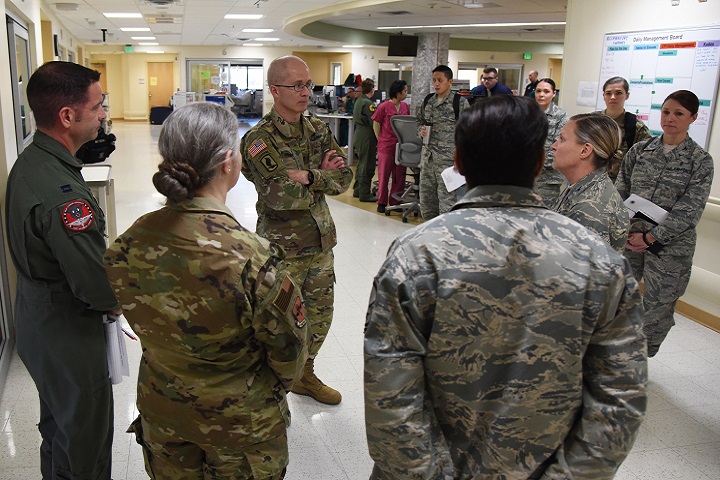
Air Force Col. Michelle Aastrom, 81st Inpatient Operation Squadron commander, discusses the intensive care unit capabilities with Army Maj. Gen. Ronald Place, Defense Health Agency, director for the National Capital Region Medical Directorate and Transition Intermediate Management Organization, during an immersion tour inside the Keesler Medical Center at Keesler Air Force Base, Mississippi, Feb. 13, 2019. The purpose of Place's two-day visit was to become more familiar with the medical center's mission capabilities and to receive the status of the 81st Medical Group's transition under DHA. (U.S. Air Force photo by Kemberly Groue)
KEESLER AIR FORCE BASE, Miss. — Army Maj. Gen. Ronald J. Place, Defense Health Agency (DHA), Director for the National Capital Region Medical Directorate, visited Keesler Medical Center Feb 12-13.
This was his second visit to Keesler since the medical center’s transition under DHA. On Oct.1, 2018, Keesler was selected as the first Air Force medical center to transition to the DHA helping pave the way for the remainder of DoD medical treatment facilities making their transitions in the near future.
During the general’s visit, he was orientated to the Keesler Air Force Base training mission in addition to the operations of Keesler Medical Center. He met with Air Force Maj. Gen. Timothy Leahy, Second Air Force commander, and Air Force Col. Debra A. Lovette, 81st Training Wing Commander. He also met with the Airmen to discuss daily operations and participated in a town hall style meeting. Finally, he met with Air Force Col. Beatrice Dolihite, Keesler Medical Center director and her medical team to discuss the future of military healthcare.
Place’s visit reemphasized the importance of Keesler working hand-in-hand with DHA to improve the delivery of healthcare to beneficiaries along the Gulf Coast. The DoD’s transition from service-run hospitals to the DHA was mandated by the 2017 National Defense Authorization Act, which detailed administrative reform for medical treatment facilities across the DoD.

Army Maj. Gen. Ronald Place, Defense Health Agency, director for the National Capital Region Medical Directorate and Transition Intermediate Management Organization, discusses the benefits of the critical care air transport team simulation lab created to train for real world scenarios with U.S. Air Force Staff Sgt. Nicole Richards, 81st Medical Operations Squadron CCATT NCO in charge, and Capt. Thomas Ross, 81st Inpatient Operation Squadron officer in charge, during an immersion tour inside the Keesler Medical Center at Keesler Air Force Base, Mississippi. (U.S. Air Force photo by Kemberly Groue)
“The intent of the change was to standardize administrative practices, create efficiencies, save money and ultimately improve patient outcomes,” said Air Force Col. Gregory Papke, Keesler Medical Center administrator. “This is by far the largest transformation we have seen in military healthcare.”
Shortly after taking command in June 2018, Dolihite and her team began tackling the DHA transition.
“It’s a significant organizational change,” said Dolihite. “One of the things we learned at the top of our organization was that we needed more administrative assistance. In the beginning, it’s very much like running two big organizations at the same time.”
With no true blueprint to work with, the Keesler Medical Center team had to build new processes from the ground up to communicate with Air Force leadership and DHA leadership as well. They needed two task management systems -- one to talk to the Air Force and one to talk to DHA. They also had to identify personnel to manage the new processes, which in some cases meant giving staff additional responsibilities. Dolihite explained that all Air Force MTFs would have to consider similar manning adjustments as they transition.
“From a clinical operations standpoint, most of the DHA procedural instructions are similar to Air Force instructions,” said Dolihite. “However, on the business administration side, they are very different. DHA uses different financial, manpower, tasking and communication processes. There is a continual need to learn how the three services communicate and understand the many different acronyms specific to each service. We are diligently providing feedback to shape these processes to ensure standardization.”
Since transitioning in October 2018, the medical center has already seen benefits. Recently, the labor and delivery unit experienced a manning shortage. The leadership team forwarded their concerns to DHA and received a quick response.
“Keesler was the first to request a manning assist,” said Dolihite, “and that was a new process that had to be created, which we helped build with [the Transitional Intermediate Management Organization] and DHA.”
The labor and delivery unit now has an Air Force, Army and Navy nurse, all from sister-service hospitals, working to deliver babies for Keesler families.
“This prevented us from having to send patients to local hospitals for [obstetrics] care,” said Dolihite.
DHA policy has also provided greater access to Keesler’s beneficiaries. For example, many outpatient services were open to patients on Christmas Eve and New Year’s Eve. More than 300 beneficiaries were able to access care on those days, said Papke.
With any change there will always be critics or skeptics, and this transition is no different. Large organizational change is hard and takes time, said Dolihite. There are some concerned that DHA will not be able to balance the readiness mission with the delivery of the benefit. Thus far, DHA has been supportive of Keesler medics using specific days to focus on readiness training and deployment requirements. DHA’s focus on readiness was evident during Place’s visit to Keesler. During his immersion at the Keesler Medical Center, he highlighted the need to keep medics deployment ready.
“DHA has been supportive when our personnel have been tasked to support a deployment or a training exercise,” said Dolihite.
Even in the midst of the transition, the Keesler Medical Center team is positive about the future of healthcare in the DoD.
“We’re honored and excited to be a part of this transition to DHA,” said Dolihite. “We look forward to the opportunity to transform military healthcare into a more integrated system which will lead to consistent, high-quality healthcare experiences for our patients.”
Lovette echoed Dolihite’s comments and reaffirmed that Keesler Air Force Base will lead by example with the transition.
"Our amazing Keesler Medical Center team has a reputation in the Air Force as an innovative organization,” said Lovette. “First in robotic surgery in DoD and now the only training platform for robotics in the DoD. This professional team was also the first to use leadless pacemakers, groundbreaking work in the medical field.
Excellence at Keesler Medical Center will continue, making this location well suited to lead the Air Force Medical System in this historic transition to DHA. We are committed to partnering with DHA to optimize resources and provide support to ensure a smooth transition for the installation, our personnel and our beneficiaries."
Disclaimer: Re-published content may have been edited for length and clarity. Read original post.
Transformation underway across the Military Health System
Article
1/29/2019

All of these changes – the Military Health System transformation, MHS GENESIS, TRICARE enhancements – are aimed at taking the DoD’s health enterprise to the next level
Naval Medical Center Camp Lejeune becomes first Level III trauma center in the Navy
Article
1/24/2019

NMCCL’s Trauma Center is the first trauma center in the Navy to service community trauma patients
Beneficiaries offer the gift of life through kidney donation
Article
1/22/2019
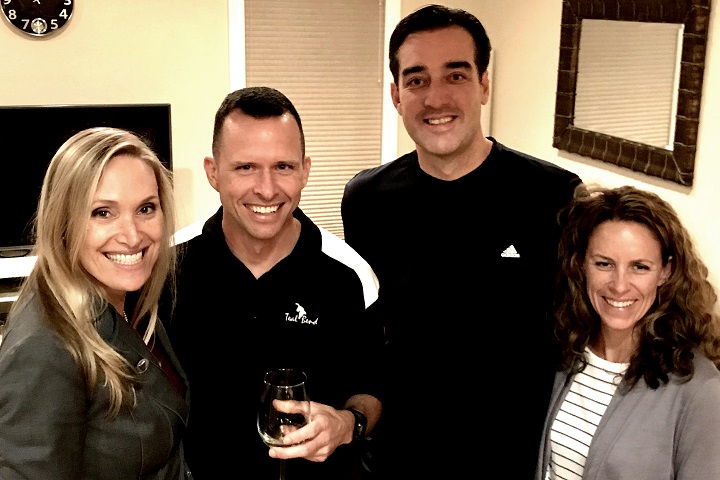
More than a third of transplant patients unrelated to their donors
Medical team saves newborn’s life
Article
1/15/2019
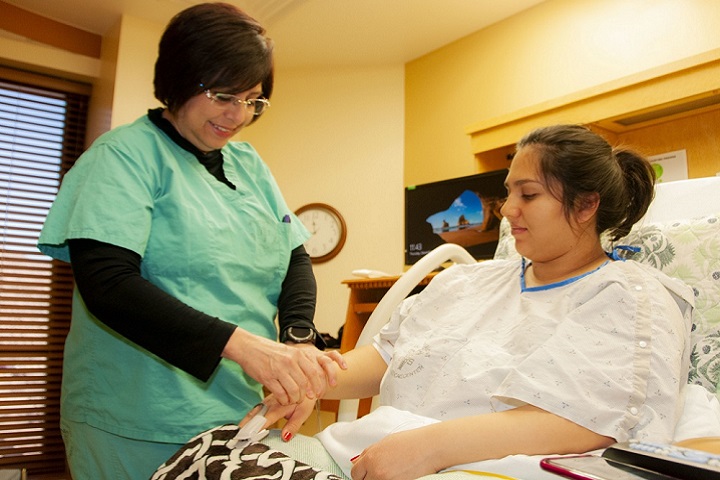
Staff quickly respond to the obstetrical emergency via an emergency cesarean section
'Fused' technologies give 3D view of prostate during biopsy
Article
1/9/2019
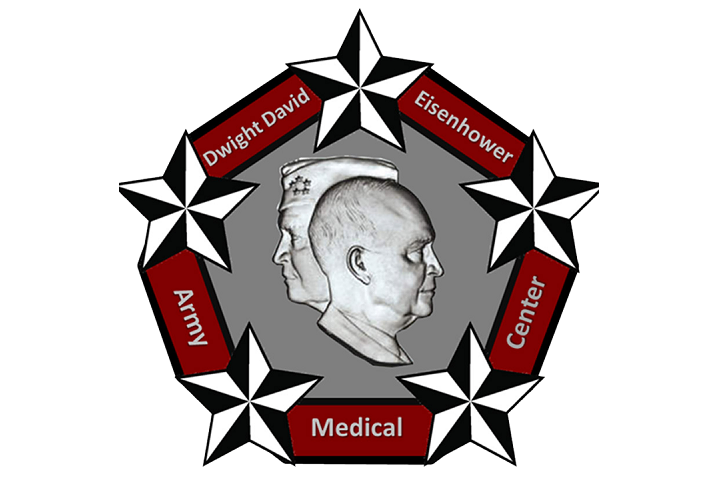
Other than skin cancer, prostate cancer is the most common cancer in American men
CJTH continues to provide superior care for U.S., coalition forces
Article
1/7/2019
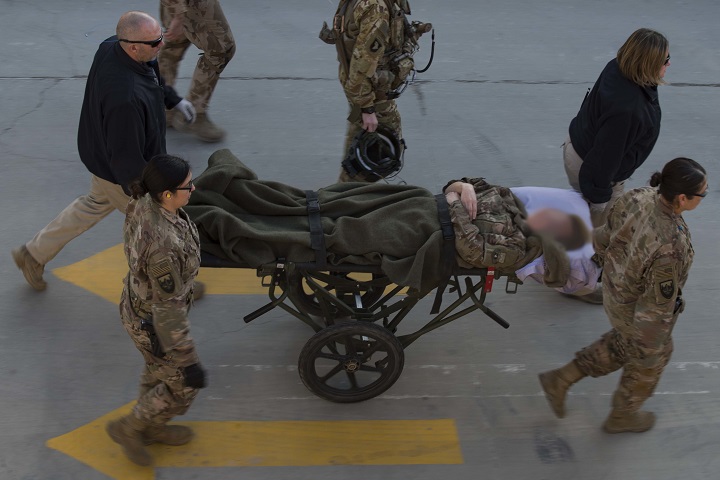
With a 99.3-percent survival rate, the hospital staff have reason to be proud
Langley surgical team goes 'purple'
Article
1/3/2019
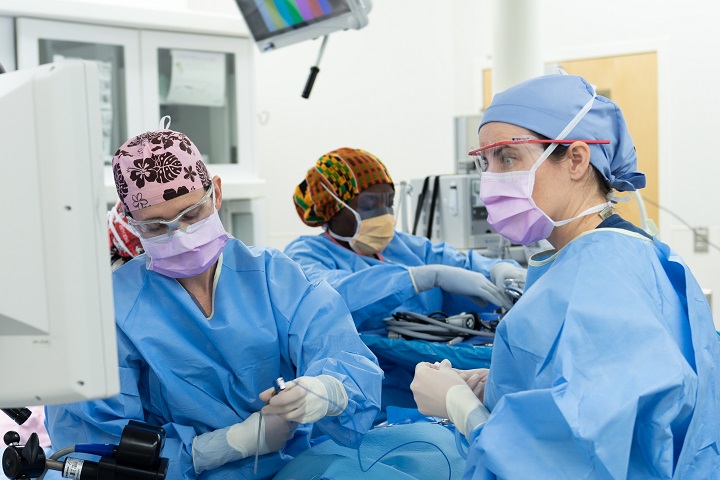
A joint surgical team was organized to perform a functional endoscopic sinus surgery
Army hospital earns reputation as a top teaching institution
Article
1/2/2019
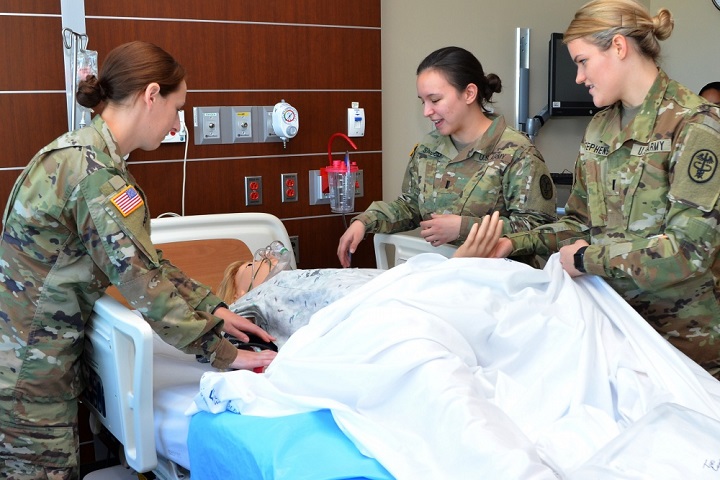
CRDAMC has been recognized by healthcare associations and educational institutions for exceptional achievements
Navy corpsman: Carrying the legacy
Article
12/27/2018
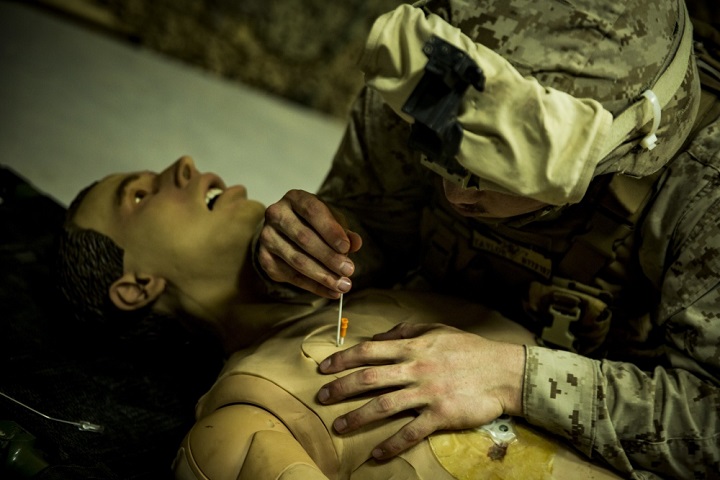
Navy hospital corpsmen attend 14-week “A” school at the Medical Education and Training Campus in Joint Base San Antonio — Fort Sam Houston, Texas
Oak Harbor achieves first with crucial new information technology milestone
Article
12/21/2018

Reducing risks to patients’ information is a top priority for the DoD
Hospital ship USNS Comfort returns home after completing mission
Article
12/20/2018
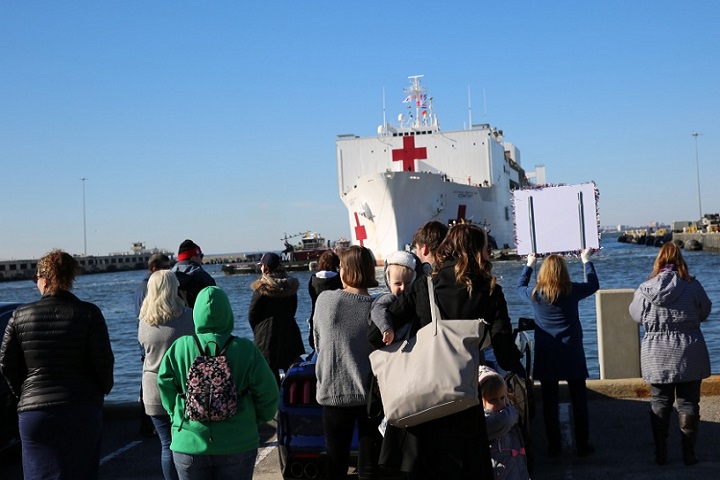
This mission marked the sixth time the hospital ship has provided medical assistance in the region
Surgeons share secrets of residency success
Article
12/11/2018
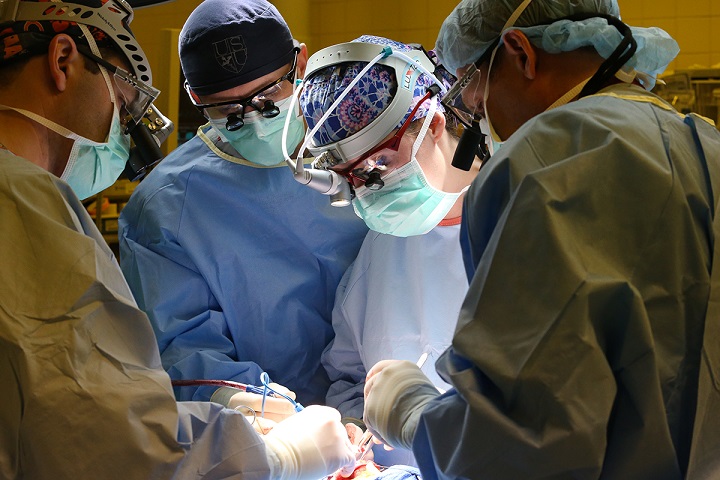
Madigan's general surgery residents have passed the exam for board certification on their first attempt at a nation-topping rate of 97.6 percent
Fleet surgical team saves life aboard USS Somerset
Article
12/6/2018
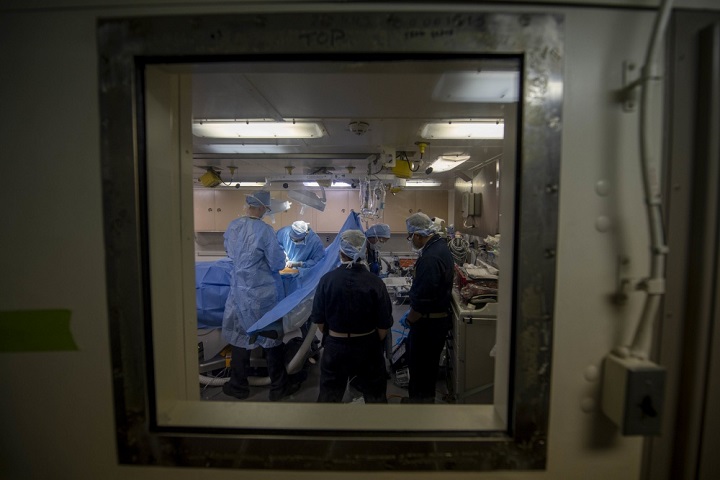
We were able to determine he had acute appendicitis
USNS Comfort conducts mass casualty training exercise
Article
10/15/2018
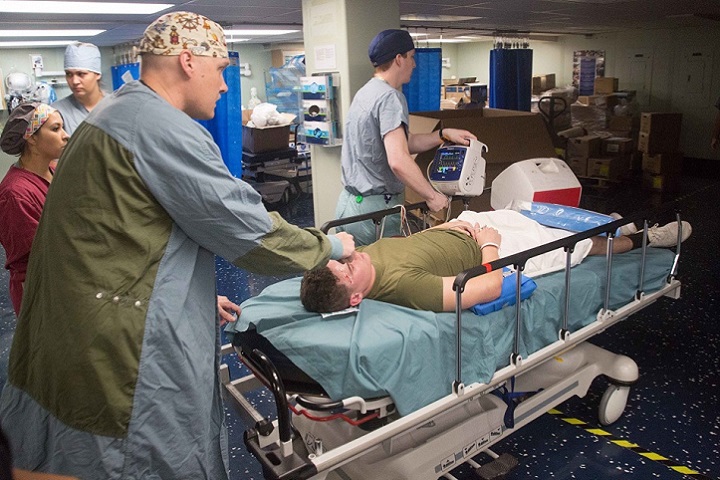
A mass casualty event, by nature, is chaotic
A 'Pharmacy Phamily' team effort recognized at Naval Hospital Bremerton
Article
10/3/2018
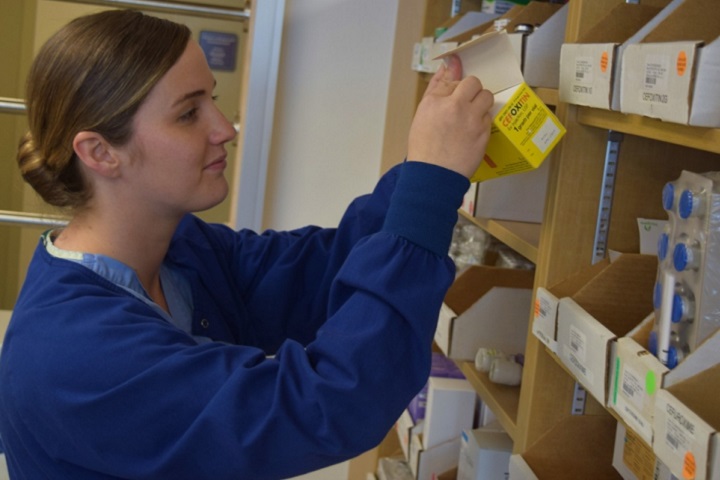
Naval Hospital Bremerton’s pharmacy selected for the 2018 Navy Pharmacy Team Award





















.png)









No hay comentarios:
Publicar un comentario